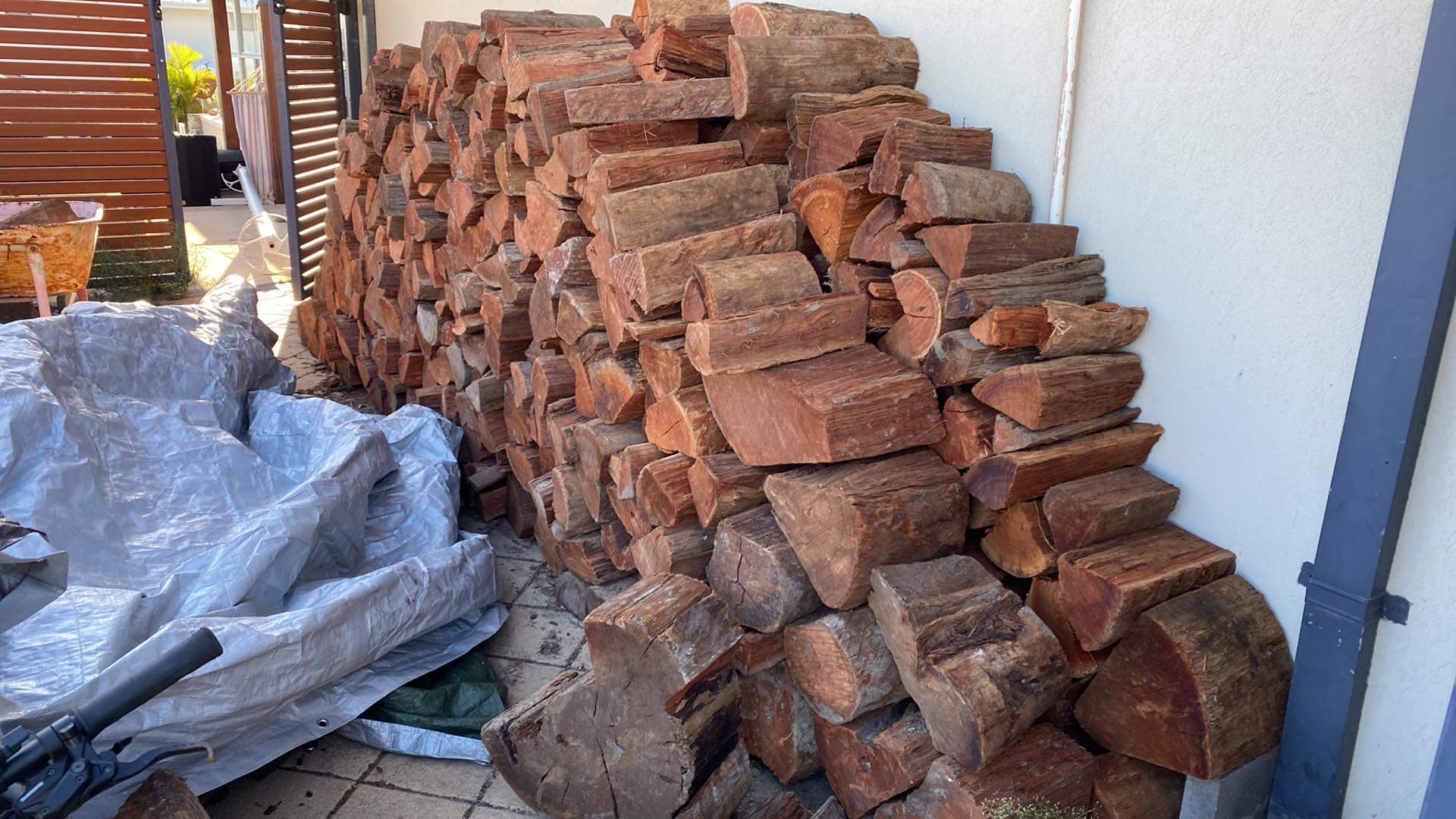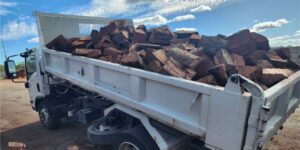Properly storing firewood is essential for maintaining its quality and ensuring a steady supply of dry, well-seasoned logs for your fires. Whether you rely on firewood for heating, cooking, or simply enjoying a cozy fireplace, this guide will provide you with valuable tips on how to store firewood effectively to keep it dry, accessible, and ready to burn.
- Choose the right location: Selecting an appropriate location for storing firewood is crucial. Consider the following factors when deciding on the storage area:
- Accessibility: Choose a spot that is easily accessible, allowing you to retrieve firewood conveniently, especially during inclement weather.
- Ventilation: Opt for a location that offers good airflow to prevent moisture buildup. Avoid storing firewood directly against walls or in tightly enclosed spaces.
- Protection: Ensure the storage area provides protection from rain, snow, and excessive sun exposure. A covered area, such as a shed or woodpile shelter, is ideal.
- Elevate the firewood: To keep firewood dry, it’s crucial to elevate it off the ground. Use pallets, concrete blocks, or a firewood rack to create a raised platform for stacking the logs. This prevents moisture from the ground and allows air circulation, helping to dry out any residual moisture in the wood.
- Stack firewood properly: When stacking firewood, follow these guidelines for optimal storage:
- Orientation: Stack the logs in a way that allows for airflow. Arrange them parallel to each other, leaving space between the logs for ventilation.
- Stacking pattern: Start with a stable base and stack the logs in a crisscross pattern, alternating the direction with each layer. This technique creates stability and prevents the stack from collapsing.
- Size and weight: Place larger, heavier logs at the bottom to provide a solid foundation. Stack smaller logs on top, gradually decreasing in size. This arrangement allows for easier access and ensures the stability of the stack.
- Allow for proper seasoning: If the firewood isn’t already properly seasoned, stack it in an open and well-ventilated area to allow for further drying. Direct exposure to sunlight and airflow will facilitate the seasoning process, reducing the wood’s moisture content and improving its burning efficiency. Ideally, firewood should be seasoned for at least six months to a year before use.
- Cover the top of the stack: To protect the firewood from rain, snow, and excessive moisture, cover the top of the stack with a waterproof tarp or firewood cover. Ensure the cover extends beyond the sides of the stack to provide adequate protection. Secure the cover with bungee cords or ropes to prevent it from being blown away by strong winds.
- Maintain airflow: While it’s crucial to protect the firewood from excessive moisture, it’s equally important to maintain proper airflow. Avoid completely enclosing the stack with a cover, as this can trap moisture and hinder drying. Leave the sides of the stack open to allow for ventilation, promoting airflow and preventing mold or rot.
- Rotate the stack: To ensure even drying and prevent any wood at the bottom from becoming damp, periodically rotate the firewood stack. Move logs from the bottom to the top of the stack, allowing all the wood to receive equal exposure to airflow and sunlight.
- Consider seasonal variations: During wetter seasons, such as winter or rainy periods, it’s crucial to pay extra attention to the storage conditions. Ensure the cover is secure and inspect the stack regularly for signs of moisture or mold. Make adjustments as needed to maintain a dry environment for the firewood.






